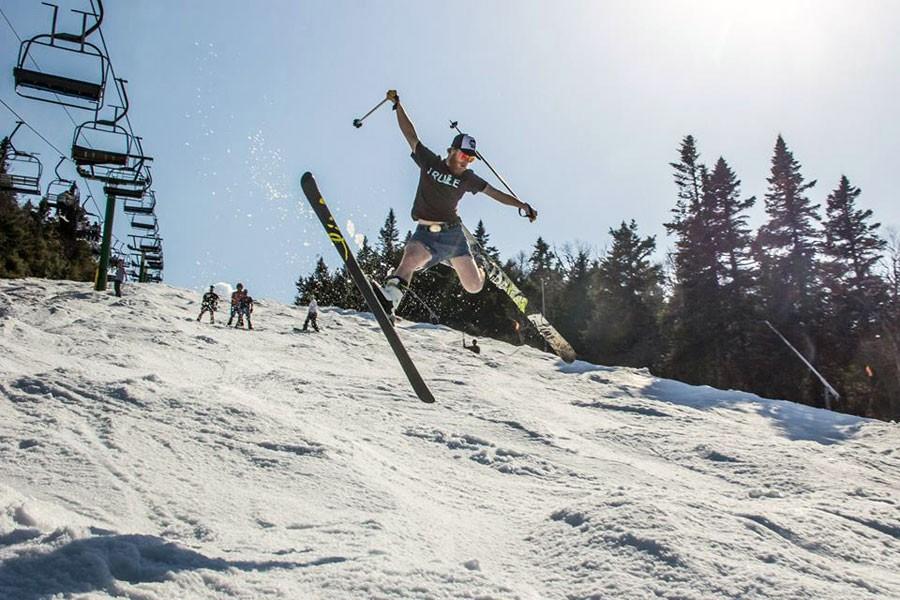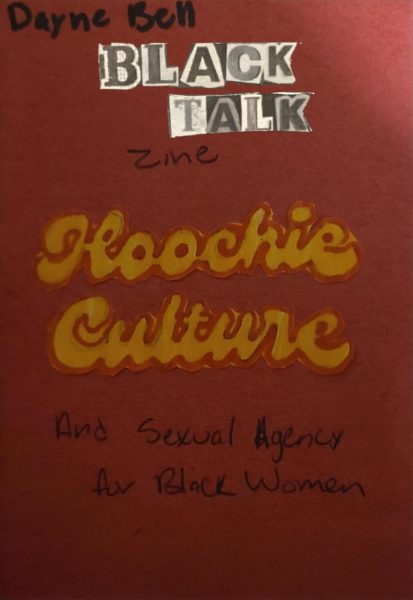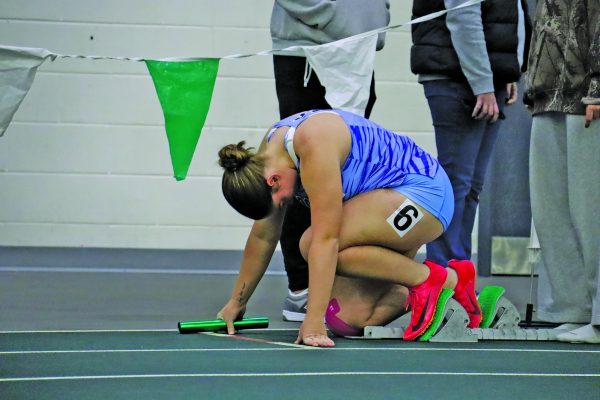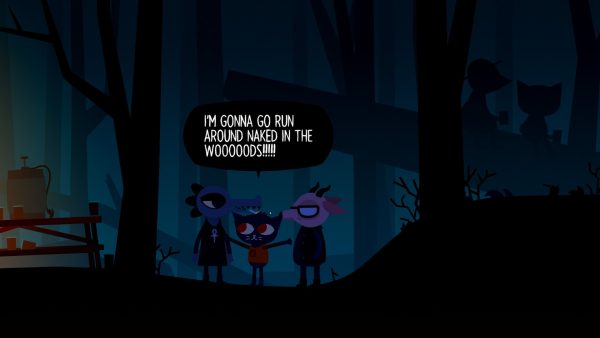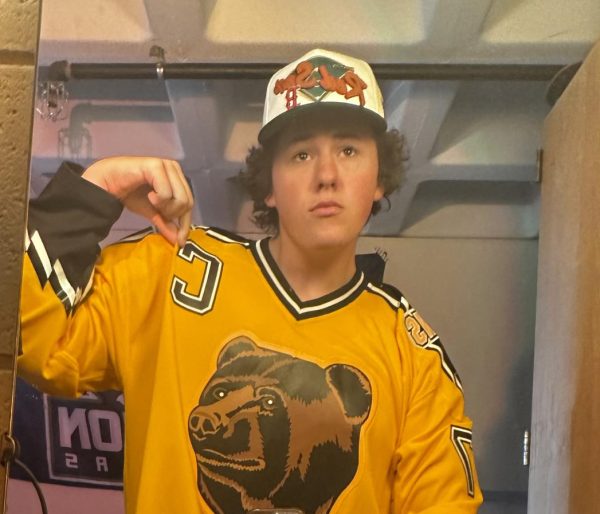Spring’s elusive corn
Ryan Devane takes some air at jay
Some might call it the worst time of the year, while others embrace it and take full advantage of its potential. Spring skiing and riding is here, and hopefully shining some last minute light on Vermont’s less-than-ideal 2016 winter season.
The occasional brief whiff of cigarettes and cheap malt beverages at your local skiing destination usually means that spring is in the air. The sound of melting snow rushing to form multiple steams down the mountain is also a telltale sign.
Temperatures are mainly ranging from the mid 30s to 50 or even 60 degrees Fahrenheit. This means that the substance known as “corn snow” is created.
Corn snow can be simply summed up as little tiny balls of ice that form due to high temperatures. These little tiny balls are very attracted to each other, therefore creating soft landings for jumps, or endless bump lines. After being pushed around in certain concentrated areas all day long, the ice balls will begin to build up in areas, creating mounds.
Many skiing and riding enthusiasts despise this warmer weather type of snow. On the other hand, terrain park skiers and riders and mogul lovers patiently await what they might describe as the best time to hit the slopes.
For park skiers and riders, spring means lapping the park in t-shirts and filming with ease, not having to worry about freezing their hands off. It also is an opportunity to toss that new trick that’s been on their minds all winter, provided that the landings on the jumps are softer than normal.
During the afternoon on any given warm spring day, you will find mogul lovers bouncing down bump lines until they feel like they might have a hard time walking afterward. The morning groomers always give way to slushy steep bump sections.
You can often find many people taking to spring cleaning and starting to be active by doing more summer time activities like cycling and running. Often times these are the same individuals that start to complain about how they wish they could go skiing during the middle of the summer.
To avoid being one of the semi-hypocritical skiers or riders, simply understand how spring skiing and riding is one of the best times to get out and get after it.
Many will attest to the fact that they believe skiing and riding are the best when they can wear tall tees or flannels paired with their snow pants, jeans, or the occasional individual sporting shorts.
Being in the relatively warm air, sipping on beverages on the chairlift, and trying to push as hard as you can to have a better goggle tan or burn by the end of the day than your riding buddies are some of the pleasures that come with spring skiing.
With numerous events such as pond skimming, retro and gaper days, and beach parties taking place at resorts across the country, what isn’t there to be excited about? These events generally take place to celebrate the end of another ski and ride season, whether it’s a good one or not, as well as looking forward to next season.
Many people often get into the tailgating spirit for lunch time, or when wrapping up their day of skiing or riding. They ultimately end up being one of the hot spots in the parking lot, while grilling and playing lawn games.
Simply slap some warm temp wax on your sticks, grab the shades and sun lotion and whatever else your heart might desire to soak up some of that bluebird day sun, and head to the hill.
When you think that the skiing or riding season is over and you start moving on with your life, think again. Go out and take advantage of whatever the snow gods have helped grant for your local resort’s closing date, and shred the gnar until you can’t feel your legs.
Many ski resorts will not post closing dates due to the fact that it is all up to Mother Nature. With this in mind, resorts will often set a proposed closing date for the latest they believe the season will end, in an attempt to drag it out as long as they can.
Typically the majority of east coast resorts will try to open up sometime between Thanksgiving and Christmas, and try to stay open until either April or May. Jay Peak, Killington, and Stowe are generally open longer than a lot of resorts in Vermont, usually trying to push their closing dates as far into May as they can.
For up-to-date closing announcements, you can check your local resorts’ social media pages or websites, or simply give them a call and see what you can find out.


